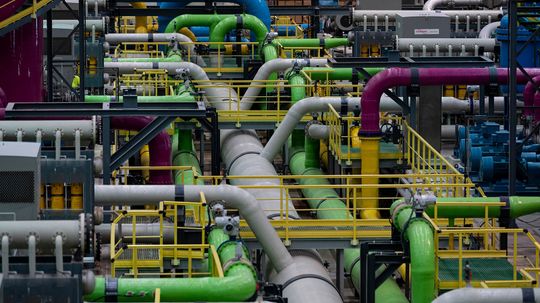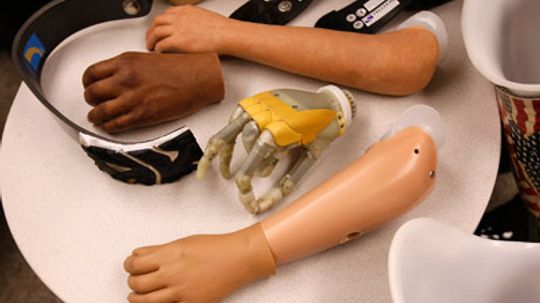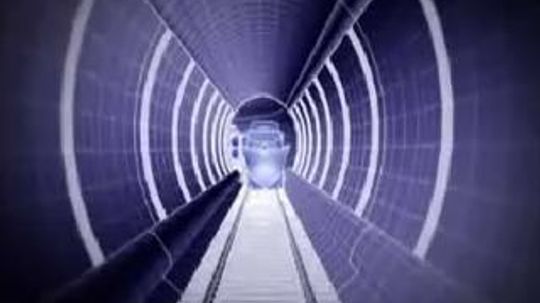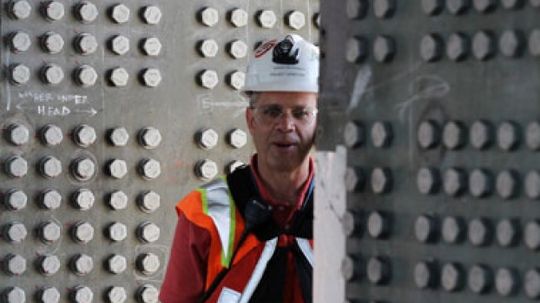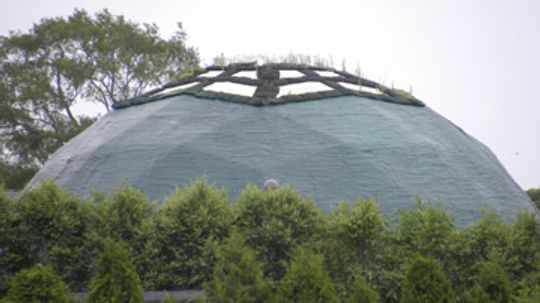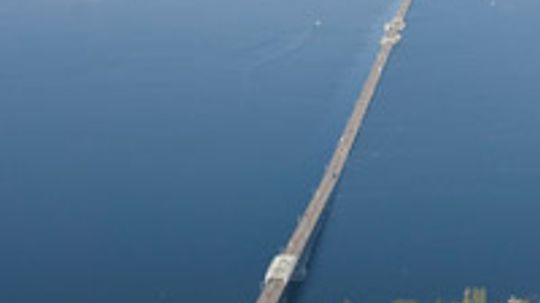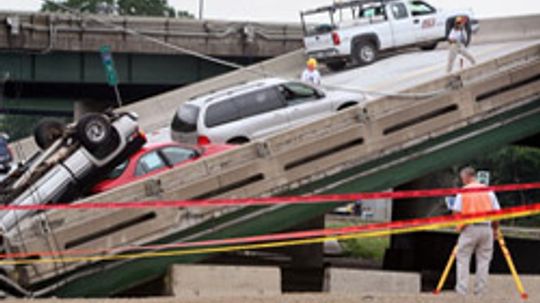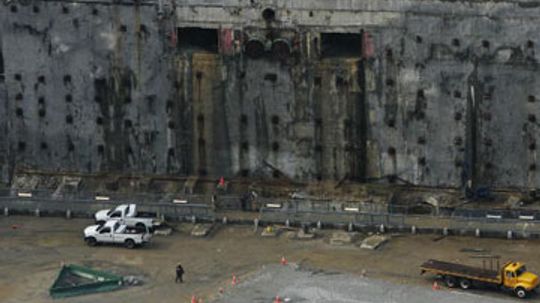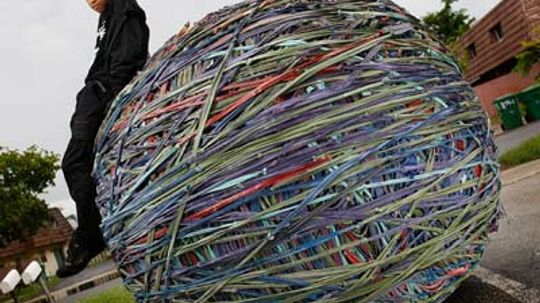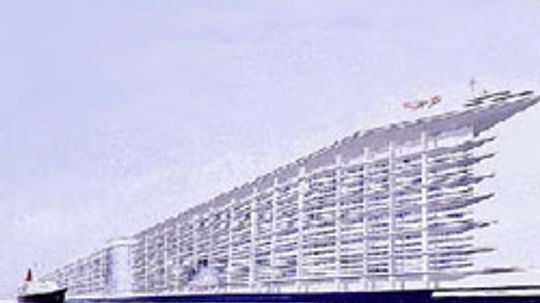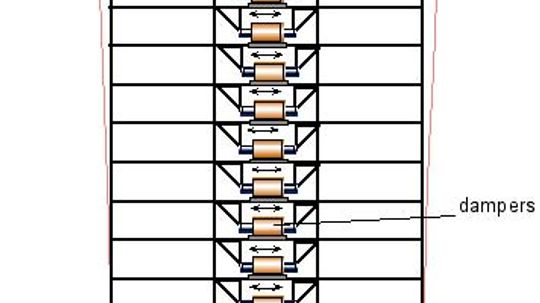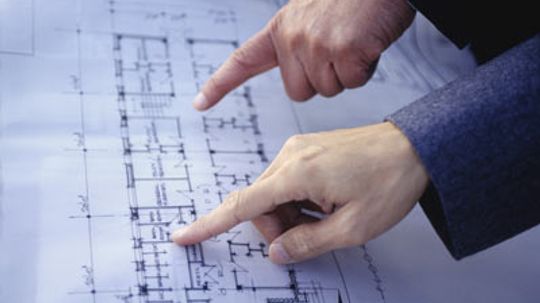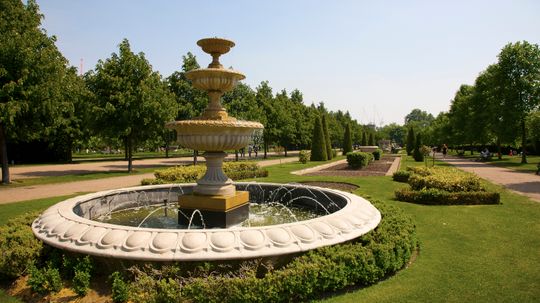Engineering
Engineering is the discipline of design and construction of mechanical devices, equipment, structures and public works systems. Topics include aircraft technologies, buildings, bridges, robotics and heavy machinery.
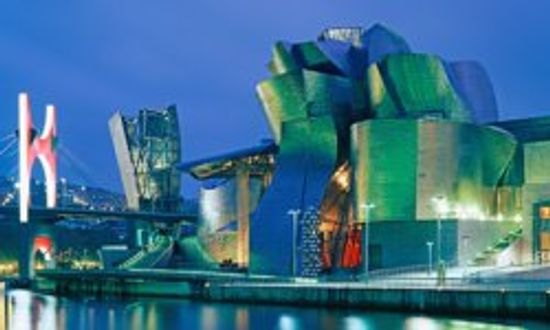
The World's Most Awe-inspiring Glass Buildings
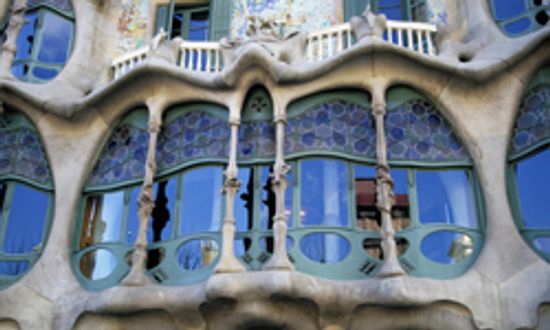
10 Innovative Architects to Watch

16 World-Famous Architects and Their Impact
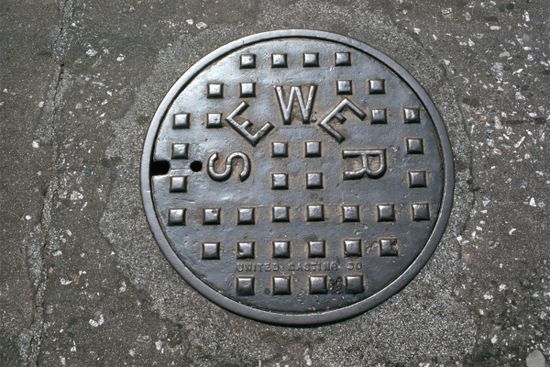
10 Advancements in Environmental Engineering
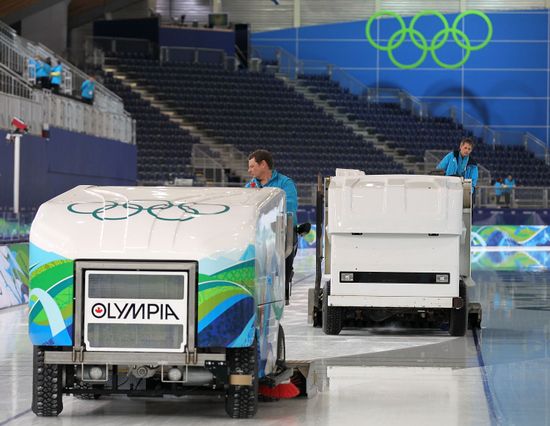
How Zambonis Work

What Countries Use the Imperial System?

Science and Nature: Fractals

Are food-based plastics a good idea?

A Bicycle Built of Bamboo Is the Ultimate Eco-friendly Ride

Crumple Theory: We Can Learn a Lot From How Paper Crumples
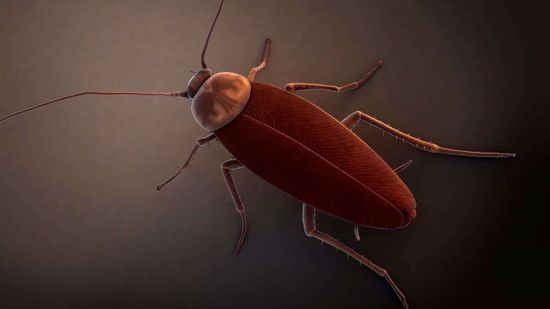
Your Thoughts Could Activate a Tiny Robot Inside Your Own Brain

How Star Wars Works: Fan-built Droids

Robot Pictures

What's the Largest Pyramid in the World?

Why are blueprints blue?

10 Women Who Broke New Ground in Engineering
Learn More / Page 3
One of my co-workers has an interesting thermometer on his desk. It is a glass tube with different-colored floating things in it. What kind of thermometer is this, and how does it work?
People build skyscrapers primarily because they are convenient -- you can create a lot of real estate out of a relatively small ground area. They're also awe-inspiring. Skyscrapers capture our imagination -- how high can we build them? Learn about the architecture and design of these monumental buildings.
By Tom Harris
A friend of mine showed me this card that the image changed depending on the angle that you view it at. How does that work?
Advertisement
They don't have engines, brakes or accelerators. No, these amazing machines rely on physical, centripetal and gravitational forces to urge thrills, screams and that sinking stomach feeling we all love (and hate). Read more about the science of fun.
A female Android designed to look like a 20-something Korean woman is capable of making facial expressions and holding a simple conversation.
Turning saltwater into tasty, drinkable H20 at desalination plants is probably the biggest-selling point of reverse osmosis, but let's back up a minute. What's osmosis, and why — and how — is reversing it useful to us?
Your body is a remarkable piece of biological machinery, and your limbs are no exception. Did you ever wonder how prosthetic limbs are made and how they are controlled? And are scientists developing bionic artificial limbs?
Advertisement
Sometimes it seems as though Earth has been hitting the caffeine a little too hard, with all the shakes from earthquakes. So, how do structures stand strong amid all those quakes?
The Bay Bridge is a wonder of structural engineering. Find out how multiple architectural styles were incorporated into the bridge that unites Oakland with San Francisco.
A soft-story building has a first floor that's more flexible than the ones above -- think apartments over a department store that's mostly open space. How does soft-story retrofitting keep such buildings from collapsing in a quake?
If you think regular old domes took the world of structural engineering by storm, you should meet their geodesic cousins. What is a geodesic dome, and who first came up with the idea of building triangle-covered spheres as practical structures?
Advertisement
Bridges span the gap and help us get from point A to B, but who knew they could float, too? Find out what the deal is with floating bridges in this article.
Jenga seems like such a simple game -- all you have to do is keep a tower of wooden blocks from toppling over. It may be simple, but it's anchored by several complex structural engineering concepts.
By Dave Roos
Playing with Lego blocks isn't just child's play. In fact, these blocks and products present a hands-on opportunity to learn the basics of structural engineering.
You may see most bridges as those things you cross on your way to somewhere else, but where would you be if one collapsed? We've figured out 10 reasons why the worst happens.
Advertisement
The World Trade Center employed several new approaches to skyscraper construction. From slurry walls to sky lobbies to "tube within a tube" design features, what made this project distinctive from an architectural engineering standpoint?
The materials used to build the World Trade Center's twin towers have been heavily scrutinized since the 9/11 terrorist attacks -- including the steel that formed the frames of the skyscrapers.
It's been compared Jerusalem's Wailing Wall. What purpose did the slurry wall serve the World Trade Center, and what is its significance now?
Charles Goodyear was obsessed with this stretchy material, and we are, too. It's weatherproof, shockproof and entertaining, and it's found in more products than you can shoot a rubber band at.
Advertisement
The world's first floating city is absolutely gigantic, fully loaded with amenities and necessities and could set sail in about three years. Find out what the Freedom Ship has in store for its lucky residents.
By Kevin Bonsor
Ultrasound lets us peek into the human body to see everything from heart valves to a moving baby. But how do sound waves give us a picture?
Smart Structures will completely change the way buildings react to earthquakes! See how they will work!
By Kevin Bonsor
Why does air cool down when pushed around by an electric fan? You would think that air molecules in motion would be creating friction, and therefore increasing the ambient temperature instead of decreasing it. So why do you feel cooler?
Advertisement
If you've ever seen a construction site, you may have noticed that the general plans for construction are drawn out in the form of blueprints. What exactly are blueprints, though, and how are they made? Find out in this article.
Rome is famous for having large public fountains that work without the use of any kind of mechanized pump. How were these fountains able to generate enough water pressure without a motor? Check out this article for the answer to this question.





